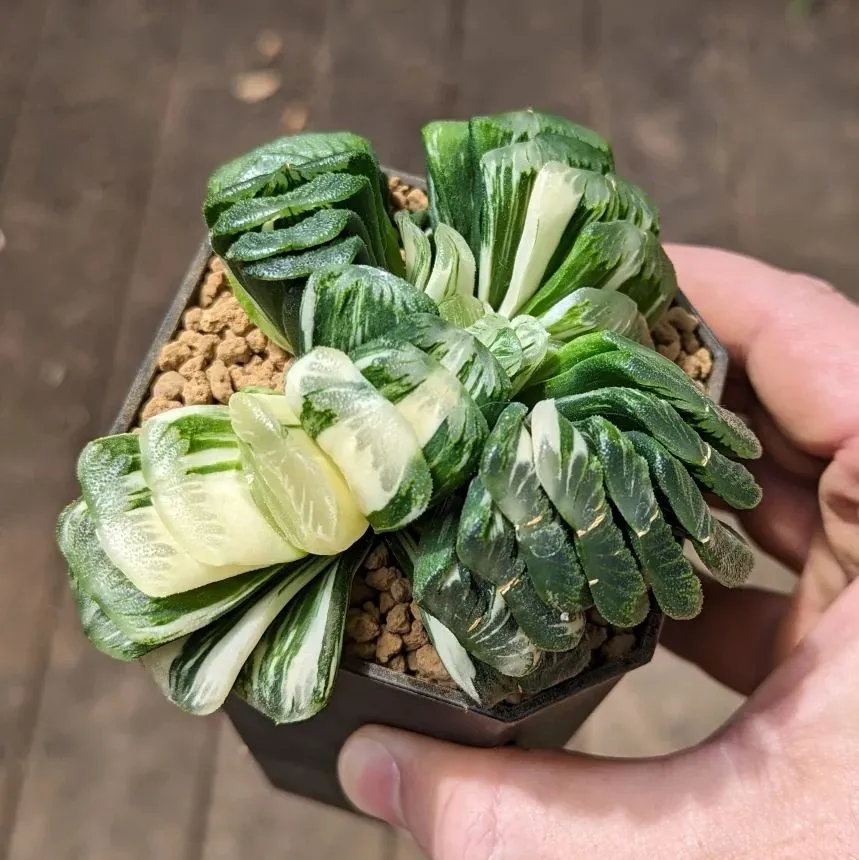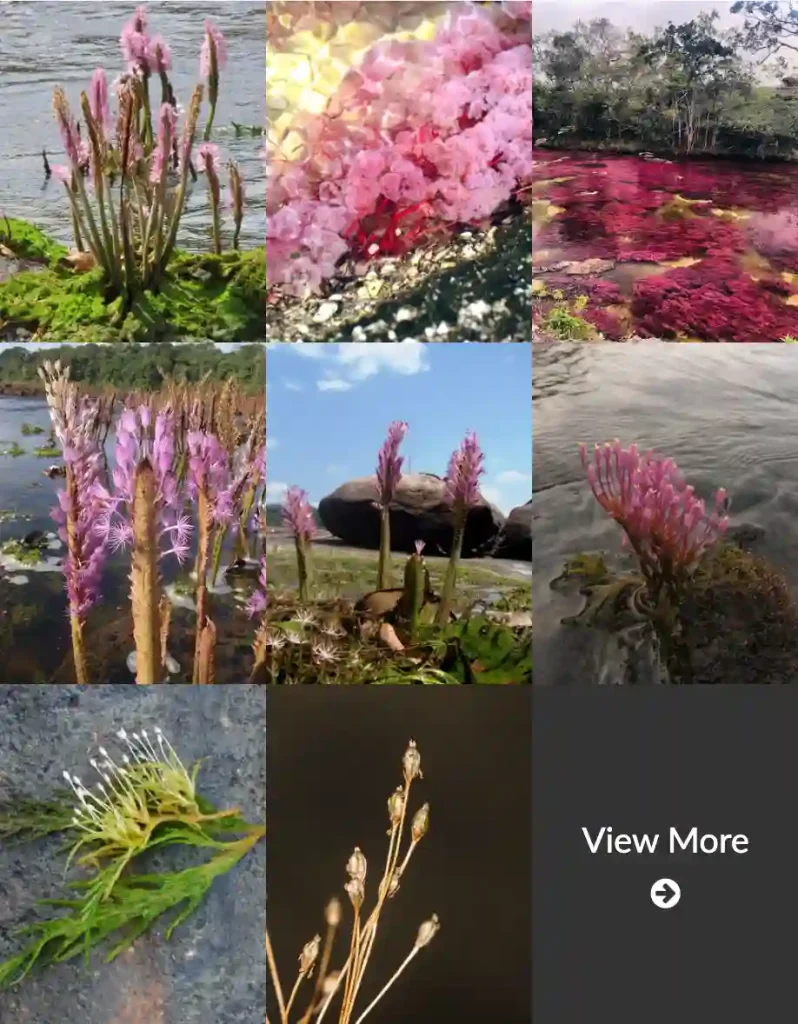FAQs About Hypholoma Capnoides: Everything You Need to Know
Hypholoma Capnoides, commonly known as the Smoky Gills Mushroom, is a fascinating but somewhat obscure mushroom species. Having encountered it in various foraging adventures and research, I often get asked about this mushroom’s characteristics, care, and more. Here’s a comprehensive guide based on my experiences and insights into this intriguing fungus.
What is Hypholoma Capnoides?
Hypholoma Capnoides, or the Smoky Gills Mushroom, belongs to the Strophariaceae family. It is characterized by its small, yellowish-brown to smoky gray cap, which can reach up to 4 cm in diameter. The gills are attached to the stem and are densely packed with a smoky appearance, hence the common name. This mushroom grows on decaying wood and is often found in forests and woodlands.
Is Hypholoma Capnoides Toxic?
The Smoky Gills Mushroom is not known to be highly toxic, but it is not considered edible either. It’s best to avoid consuming it due to its lack of culinary value and potential for causing digestive upset in some individuals. The best approach is to admire it in its natural habitat rather than sampling it.
How to Identify Hypholoma Capnoides?
Identifying Hypholoma Capnoides involves looking for several key features:
- Cap: Yellowish-brown to smoky gray, smooth, and conical to convex.
- Gills: Dense, attached to the stem, and smoky gray.
- Stem: Cylindrical, whitish to gray, and often with a bulbous base.
- Spore Print: The spore print of this mushroom is typically dark brown to black.
Ensure you use a reliable field guide or consult an expert if you are unsure about identification. Misidentifying mushrooms can be dangerous.
How to Care for Hypholoma Capnoides?
If you’re cultivating Hypholoma Capnoides in a controlled environment, maintaining the right conditions is crucial:
- Substrate: Use decaying wood or sawdust as the substrate, as this mushroom thrives on decomposing organic matter.
- Moisture: Keep the substrate moist but not waterlogged. Regular misting can help maintain adequate humidity.
- Temperature: Aim for a temperature range of 15-20°C (59-68°F). This mimics its natural woodland environment.
How to Propagate Hypholoma Capnoides?
Propagating Hypholoma Capnoides typically involves:
- Spore Inoculation: Collect spores from mature mushrooms and inoculate the substrate. This can be done by spreading spores onto sterilized wood or sawdust.
- Mycelium Transfer: Use a piece of mycelium from an existing colony to inoculate fresh substrate. This method is more reliable but requires a healthy source of mycelium.
What to Plant with Hypholoma Capnoides?
When cultivating Hypholoma Capnoides, it’s important to consider companion plants or mushrooms that share similar environmental needs:
- Companion Mushrooms: Species like Pleurotus ostreatus (Oyster Mushroom) also thrive on decaying wood and can be cultivated alongside Hypholoma Capnoides.
- Plants: While direct planting isn’t common, surrounding your mushroom bed with native woodland plants can create a more suitable microenvironment.
Common Problems with Hypholoma Capnoides
Several issues can arise during the cultivation of Hypholoma Capnoides:
- Contamination: Watch for mold or bacterial contamination, which can be managed by ensuring proper sterilization and maintaining cleanliness.
- Improper Moisture: Both too much or too little moisture can hinder growth. Adjust misting and substrate moisture levels as needed.
- Pests: Keep an eye out for insects that may invade the substrate. Regular monitoring and using natural deterrents can help manage this problem.
Compare with Other Similar Mushrooms
Hypholoma Capnoides can be confused with several other mushrooms, so here’s a brief comparison:
- Hypholoma Fasciculare (Sulfur Tuft): Unlike the Smoky Gills Mushroom, Hypholoma Fasciculare has a bright yellow-green cap and grows in dense clusters on wood.
- Hypholoma Species: Other species in the Hypholoma genus might have similar features but differ in cap color and habitat. Always cross-check with reliable guides to confirm the species.
Benefits of Hypholoma Capnoides
While Hypholoma Capnoides isn’t widely recognized for its culinary or medicinal uses, it plays an important ecological role. As a decomposer, it helps break down organic matter, contributing to nutrient cycling in forest ecosystems.
Conclusion
Hypholoma Capnoides is a unique and intriguing mushroom, though it may not be suitable for culinary uses or easy cultivation. Its role in the ecosystem and its distinctive appearance make it a fascinating subject for mushroom enthusiasts and foragers. Whether you’re a seasoned mycologist or a curious beginner, understanding this mushroom’s characteristics and care requirements can enhance your appreciation of the fungal world.
If i die, water my plants!



